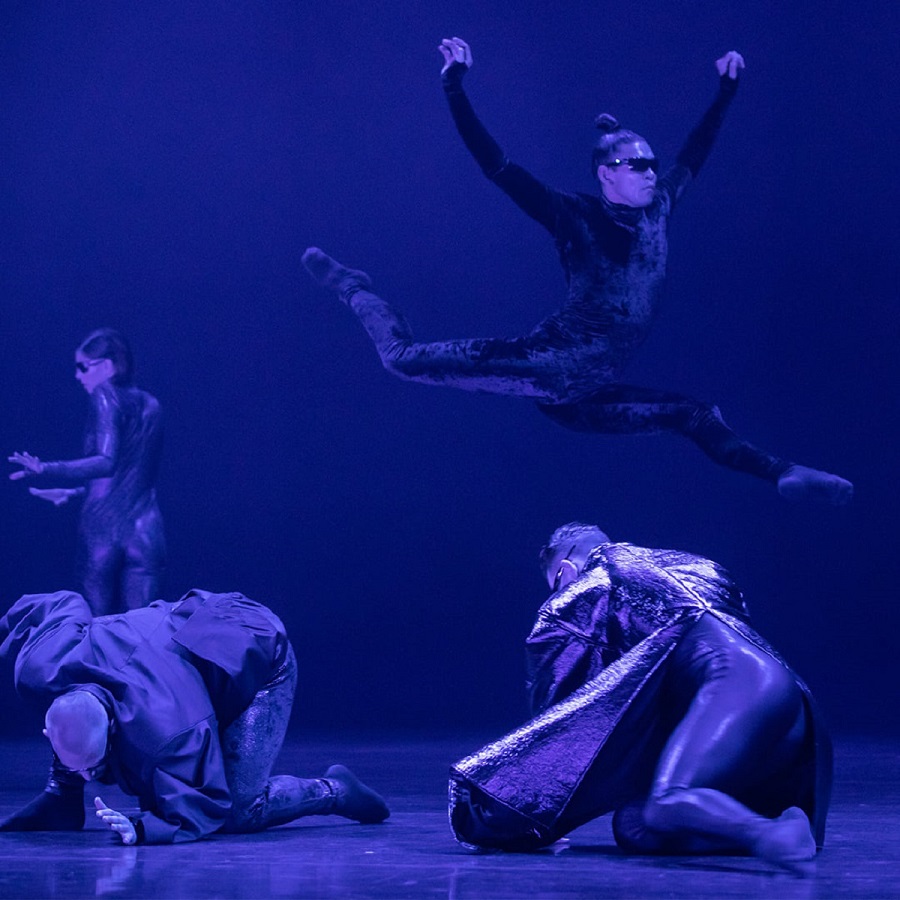
Dance / “Three”, Australasian Dance Collective at The Playhouse, until June 25. Reviewed by SAMARA PURNELL.
A FIGURE slowly emerges from the dark and moves across the stage. The dim, moody lighting shines off the outline of her black-grey bodysuit.
Five more figures emerge, dressed in long black coats, snake-skin bodysuits and velvet. All wear black sunglasses. Stylistically, filmic comparisons to “The Matrix”, “Terminator” and DC and Marvel characters are immediately drawn.
This is “Alterum” by Australian choreographer Melanie Lane, with music by Clark. The first dance in the triple-bill “Three”, by the Australasian Dance Collective.
These striking-looking, hybrid-like creatures pulse, scamper and march, using staccato movements, small vocalisations and gestures, as they seemingly try to emulate or create a cultural landscape.
In their search for understanding and connection, the dancers move between army and individual, colonising – spider-like at times, to a heavy, thumping, sonic beat, which calls to mind the arcade game “Space Invaders”.
Absolute precision is required here and is mostly delivered. Tyrel Dulvarie, clad in a velvet catsuit was captivating, executing the intricate choreography with flare and precision. Lilly King as the lead female was strikingly fluid in her detailed movement.
This dark, enthralling piece, with flashes of red light, intense music, and dramatic costumes that accentuated the dancers’ gyrating bodies, culminates in a ritualistic event fuelled by a dramatic eclipse.
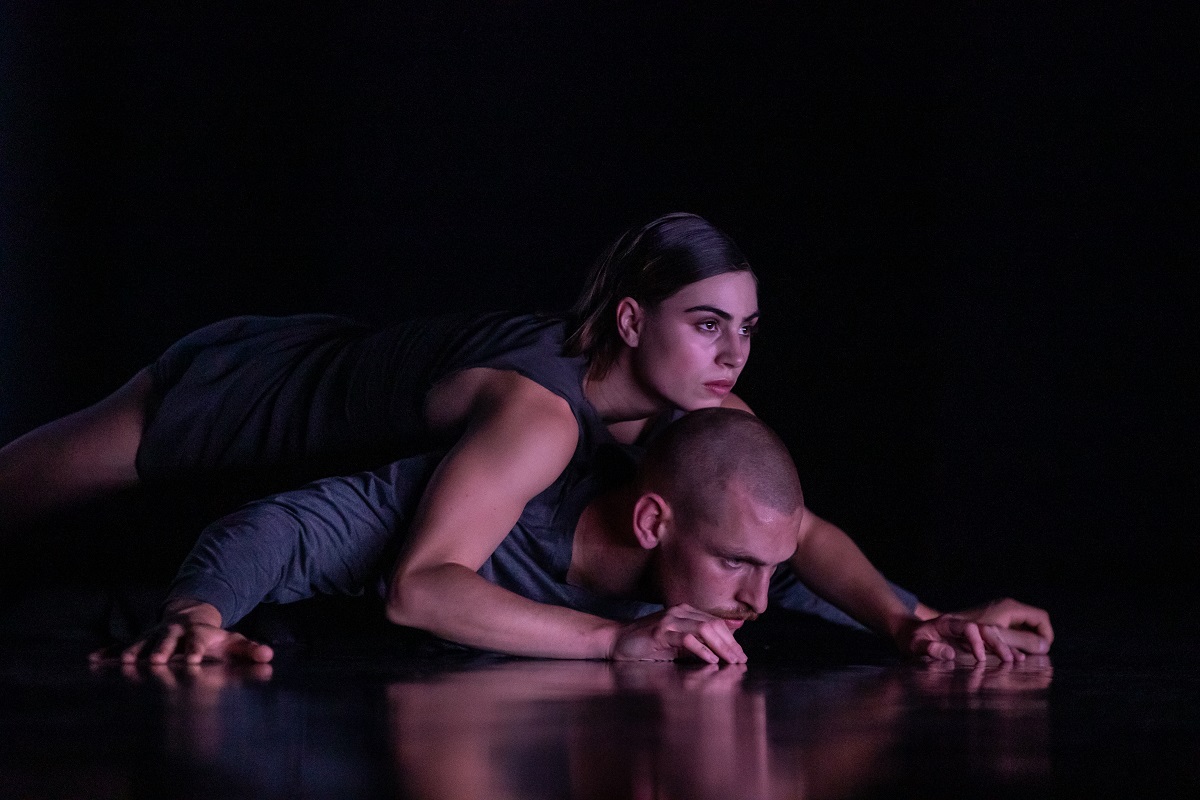
“Still Life” choreographed by Jack Lister (who is also one of the performers), draws inspiration from the 16th and 17th century artistic tropes of Memento Mori – in Latin, “remember that you must die”.
With origins in ancient Rome, it is believed slaves accompanying generals on victory parades whispered these words to remind their commanders of their mortality. Therefore, imperceptible whisperings and classical music created the soundscape for this piece. It wasn’t macabre or utilising skulls as typically representative of this theme, but wilting flowers and smoke were depicted, simultaneously funereal and ethereal.
The transient nature of dance was constantly demonstrated, ironically juxtaposing the title and the nature of other art forms, as it drew parallels to the seasons. As a swirling wind carries and moves leaves along, dance poses and positions were replaced by a lightning fast collision or dissolved by the lightest of touch from another dancer. Movements changed and dissipated like paint being dipped into water. Movement and stillness combined.
Harrison Elliott gives an incredible performance, moving like a puppet being held and pulled by strings, balancing on the upper part of his body, his legs float upwards, seemingly without gravity. He is joined by Lilly King whose curiosity-driven interplay sees them deftly manipulate each other.
The raw, stark set exposes the back of the theatre and conjures up a puppet show stage cut from a white wall, then a window, with the dancers possibly inside it and possibly out.
This emotive and melancholic work is executed in soft costumes, using a muted palette of greys and blues.
These first two works could have concluded a couple of minutes sooner to maintain impact.
The performance ends with Hofesh Shechter’s “Cult” (2004). He has drawn on a myriad of themes and inspiration.
Excruciatingly loud music (also designed by Shechter) pulses out and the words: “In the beginning there was darkness” appear.
“Something to live for… fight for… die for” is repeated throughout the work, where dancers in red dresses and baggy work suits perform in sombre lighting. The pace and grind of a daily ratrace speeds up.
The creationism angle and the thematic and visual cues and sounds didn’t appear to marry up with the costumes and choreography, which incorporated a diverse repertoire of movement and insinuations.
The energetic choreography was performed precisely by the ensemble, to a heady mash of electronic music and voice-clips.
These distinctively different works by three highly-regarded choreographers tie together through intersecting themes of lifecycles, through musical similarities and, surprisingly, some of the dance vocabulary.
All created a striking, moody atmosphere through sound design, lighting and costumes. The six dancers delivered a powerhouse performance of these works, with apparent ease, incredible stamina and razor-sharp focus.
Who can be trusted?
In a world of spin and confusion, there’s never been a more important time to support independent journalism in Canberra.
If you trust our work online and want to enforce the power of independent voices, I invite you to make a small contribution.
Every dollar of support is invested back into our journalism to help keep citynews.com.au strong and free.
Thank you,
Ian Meikle, editor
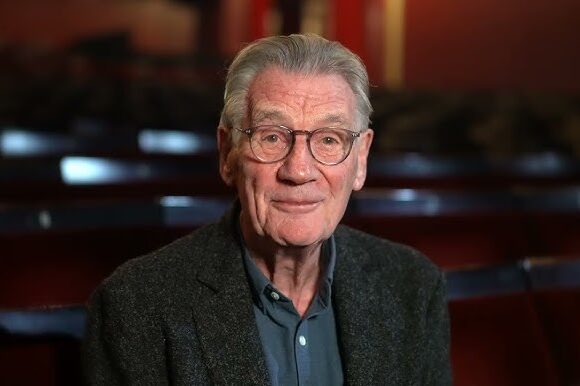
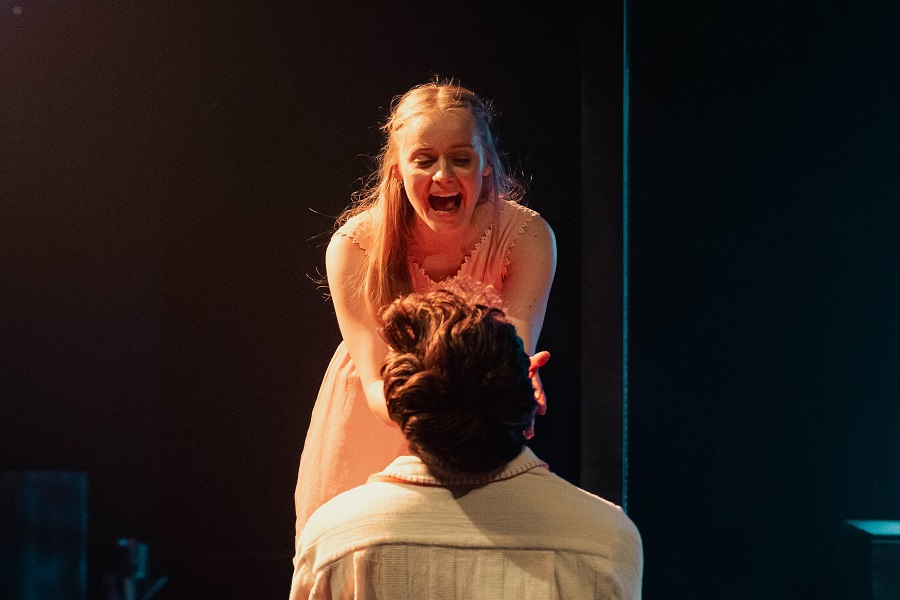
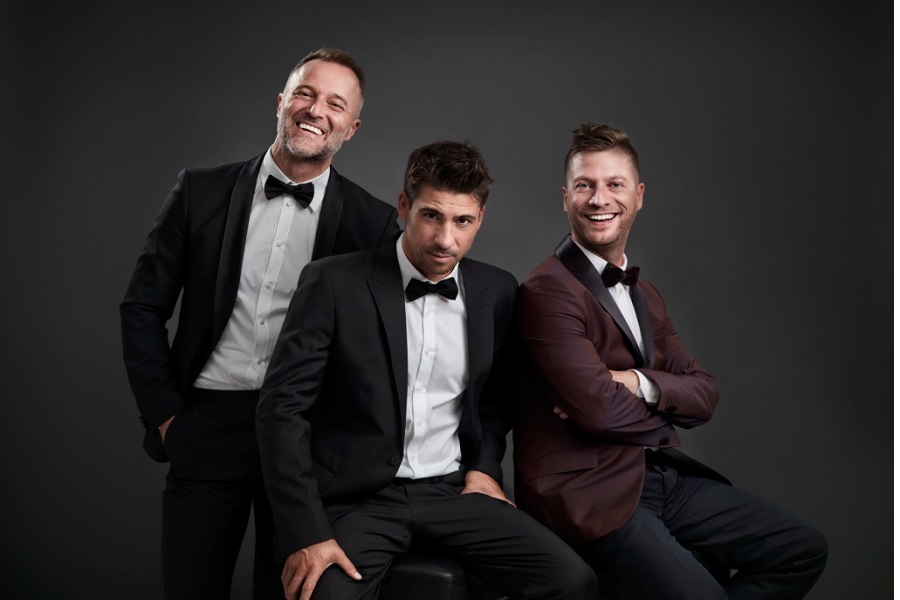
![Evie Hudson is a woman with amnesia, who forgets the last 13 years. Piecing her life back together, she navigates the harsh realities of coercive control.
Evie is the leading character in local author @emmagreyauthor's second novel Pictures of You.
Her debut book, The Last Love Note, sold more than 100,000 books worldwide within a few months of being published last year.
“I think that using amnesia really helped [show the effects of coercive control] because she had that sense of being completely lost in her own life,” Emma says of her new work of fiction.
To read the full story and find out more about this fabulous local author and her latest novel, visit our website at citynews.com.au or click the link in our bio! 📚✒️
#canberra #local #canberralocals #canberralife #australia #author #localauthor #Picturesofyou #coercivecontrolisabuse #dvawareness #bestsellingauthor #canberraauthor #localnews #citynews](https://citynews.com.au/wp-content/plugins/instagram-feed/img/placeholder.png)
Leave a Reply